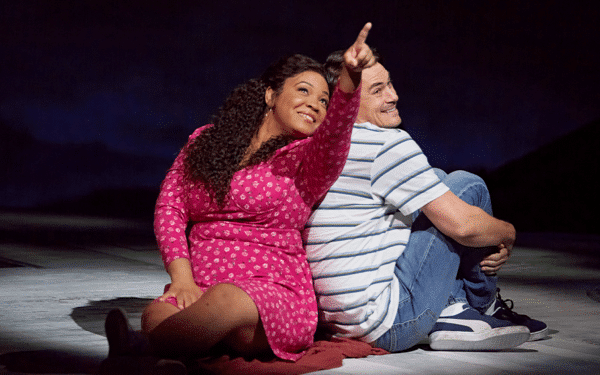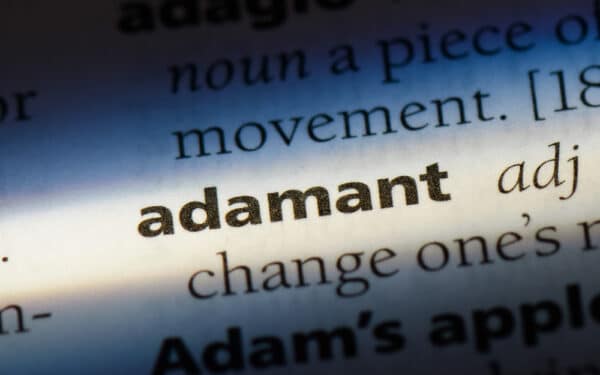Welcome to our weekly Books Digest where we round-up the new books you should, and shouldn’t, be reading. This week features Run, Rose, Run by Dolly Parton, Two Heads: Where Two Neuroscientists Explore How Our Brains Work with Other Brains by Uta, and Chris Frith and A Very Nice Girl by Imogen Crimp.
For more books take a look through our Books Digest Archive.
Run, Rose, Run by Dolly Parton and James Patterson (Cornerstone, £13.89).
Eve Webster
Run, Rose, Run is an interesting experiment. Co-written by country music genius Dolly Parton and serial-collaborator thriller author James Patterson, the novel is accompanied by a country album creating what Spotify calls an “immersive listening experience” which is such a good (and lucrative) idea, that I’m surprised no one has attempted it before.
Unfortunately, it seems like aspirations to be lucrative pushed any chance of the book being especially good to one side. The plot is formulaic and, despite many attempts to tease the reader with mystery, very predictable. Destitute but determined, AnnieLee Keyes arrives in Nashville without having so much as a guitar to her name. About three days after arriving (and admittedly sleeping rough), a friendship with a thinly veiled Parton figure, Ruthanna Ryder, falls into her lap, and she accordingly shoots to stardom. But AnnieLee has a secret and painful past. I won’t spoil the secret, but I will say that it could have been presented in a far more interesting and challenging manner.
What’s more, it seems rather hypocritical — AnnieLee is aghast by all of the superficial self-promotions she must engage in to launch her career (at one photoshoot, she changes out of a ballgown into her Levis and boots), as “she’s all about the music”. And yet the novel and album are also accompanied with some limited edition Dolly Parton NFTs and a concert in the Metaverse….one wonders what AnnieLee would make of that.
And yet, there is a cheesy, cliched charm to the story. AnnieLee and Ruthanna are compelling and charming protagonists, and it is nice to read a success story for two women. On that note, the novel also does a commendable job of discussing the subtle and not so subtle misogyny within the country music industry, albeit a little ham-fistedly. Unchallenging, unremarkable but not unpleasant.
Two Heads: Where Two Neuroscientists How Our Brains Work with Other Brains by Uta and Chris Frith (Bloomsbury Publishing PLC, £15.99).
Lily Pagano
Are two heads really better than one? In Two Heads: A Neuroscientists’ Exploration of How Our Brains Work with Other Brains, psychologists, professors and husband and wife team, Chris and Uta Frith, takes the reader on a whirlwind tour of the brain, its inner workings and how human beings function as a social race.
We begin with the basics — what is the brain? What does it do, and what is it capable of on a biological level? This forms the basis from which we delve more deeply into neuroscience, from groundbreaking discoveries in the field of brain disorders to new limits of social cognition we find ourselves faced with today.
With a career in psychology and neuroscience that spans almost fifty years, the Friths prove to be the perfect pair to direct this extensive tour of the brain. The two examine the research around the human race as a social species whose brains have evolved to work together. What is the significance of gathering in groups? Do we work best with those who are similar or different to us?
Breaking the mould of popular science writing, Two Heads offers a unique intersection between science and art as compelling neuroscientific research is complemented by beautiful illustration. However, the graphic novel format at times felt overwhelming; the sheer density of information packed on a single page pulled the eye in every possible direction. Despite this, it offers a witty and almost whimsical approach to the questions that lie behind our “social brains”. Two Heads will change the way you think about thinking.
A Very Nice Girl by Imogen Crimp (Bloomsbury), £12.59.
Alice Crossley
Imogen Crimp’s debut novel, A Very Nice Girl, is a Sally Rooney-esque exploration of the relationship power dynamics between a twenty-something struggling to stay afloat and an older, richer (almost-divorced) man, played out to the backdrop of a colourful London.
Anna, Crimp’s protagonist, is a trainee opera singer whilst Max has a lucrative yet boring finance job that he hates. A working-class girl trying to succeed in the world of opera, Anna is surrounded by privilege but struggles to make ends meet. The archetypal “nice girl” as the title refers to, turns out to mean naive and unsure enough of herself that she will bend to the will of Max’s emotional unavailability, mistaking his self-assuredness for desirability: Max becomes Anna’s whole world whilst he keeps their relationship contained in his central London flat.
Crimp’s writing is poetic and imaginative. Her depiction of London feels familiar, and her character’s intensely relatable — reading A Very Nice Girl is the literary equivalent of having a long catch up with old friends and plenty of cheap white wine.




